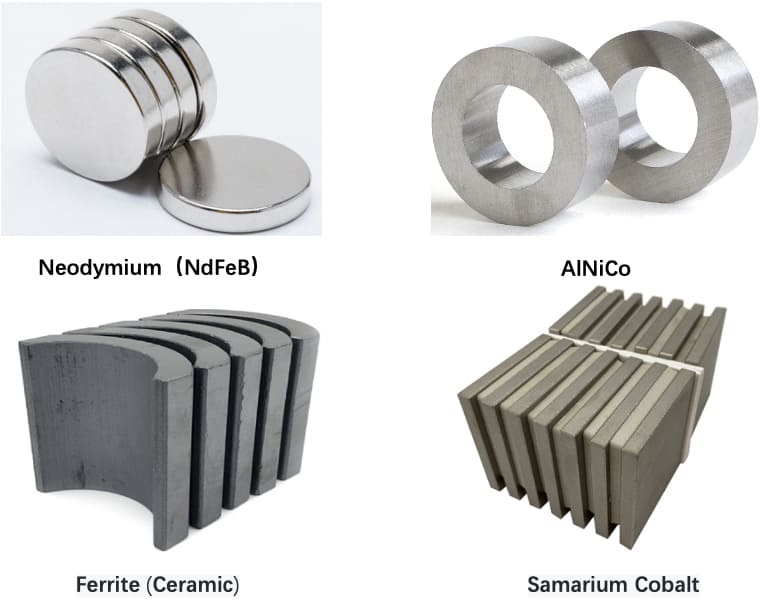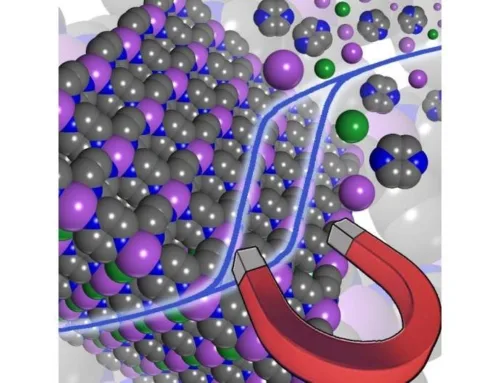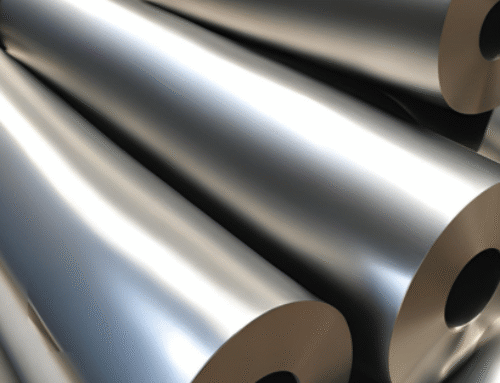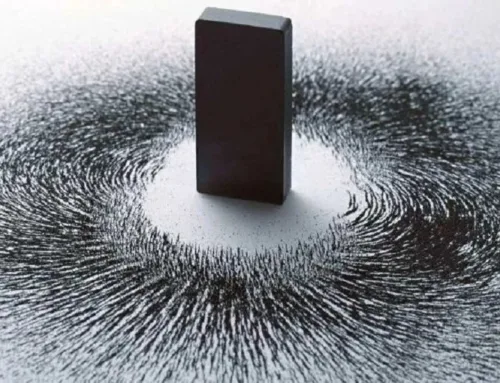Most people use magnets every day, but few understand their different types. Choosing the right magnet starts with knowing what options exist.
There are several types of magnets: permanent, temporary, and electromagnets. Each behaves differently depending on its structure and how it is energized.
In this article, I will break down the most common types of magnets, their properties, and where they are typically used, so you can make smarter material choices.
What are the 4 types of magnets?
You might have heard about neodymium or ceramic magnets, but those are just part of the full picture. Let’s look at the four major types.
The four main types of permanent magnets are neodymium, samarium cobalt, alnico, and ferrite. Each has unique strengths, weaknesses, and ideal use cases.

Four types of magnets(Neodymium-AlNiCo-Ferrite(ceramic)-SmCO
Understanding the 4 Main Types of Permanent Magnets
These magnet types are used in everything from cell phones to motors. Here’s a closer look:
| Magnet Type | Strength | Temp Resistance | Corrosion Resistance | Cost |
|---|---|---|---|---|
| Neodymium (NdFeB) | Very High | Moderate | Low (needs coating) | Medium–High |
| Samarium Cobalt | High | High | High | High |
| Alnico | Medium | Very High | Low | Medium |
| Ferrite (Ceramic) | Low–Medium | High | High | Low |
- NdFeB is the strongest and used in EVs and headphones.
- SmCo excels in high-temp, harsh environments.
- Alnico provides stable performance in musical gear.
- Ferrite is affordable and commonly used in everyday products.
What are the 3 main types of magnets?
Not every magnet is permanent. Some only work when electricity flows. That changes how we use them.
The three main types of magnets are permanent magnets, temporary magnets, and electromagnets. They differ by how they gain and lose magnetism.
Exploring Permanent, Temporary, and Electromagnets
- Permanent Magnets retain magnetism over time. Common examples include NdFeB and ferrite magnets.
- Temporary Magnets become magnetic only when near a magnetic field. Soft iron is often used in this role.
- Electromagnets require electric current. When power flows through a coil wrapped around a core, the core becomes magnetic. Turn off the current, and the magnetism disappears.
Real-World Examples
| Magnet Type | Example Use |
|---|---|
| Permanent Magnet | Headphones, motors, fridge seals |
| Temporary Magnet | Electromagnetic chucks, lifting tools |
| Electromagnet | MRI machines, electric bells |
Each magnet type has unique behavior. I often use permanent magnets for customer motor assemblies. But when clients need a switchable field or safety control, electromagnets are better.
What are the 7 types of magnetism?
Most people think magnetism is simple—objects attract or repel. In reality, magnetism shows up in seven unique ways.
The seven types of magnetism are: diamagnetism, paramagnetism, ferromagnetism, antiferromagnetism, ferrimagnetism, superparamagnetism, and metamagnetism.
A Breakdown of the Seven Types of Magnetism
These categories help explain why materials behave differently when exposed to magnetic fields.
| Magnetism Type | Magnetic Response | Common Materials |
|---|---|---|
| Diamagnetism | Weak repulsion from magnetic fields | Bismuth, Copper |
| Paramagnetism | Weak attraction in a magnetic field | Aluminum, Platinum |
| Ferromagnetism | Strong, permanent magnetic behavior | Iron, Nickel, Cobalt |
| Antiferromagnetism | Opposing magnetic moments cancel out | Manganese Oxide |
| Ferrimagnetism | Opposing moments with net magnetism | Magnetite |
| Superparamagnetism | Strong but temporary magnetism in small particles | Nanoparticles |
| Metamagnetism | Sudden jump in magnetism with field | Some rare-earth alloys |
In my work with industrial magnets, I mostly deal with ferromagnetic and ferrimagnetic materials. These provide the strength needed in motors and sensors. The other forms, though less common, are important in research and advanced electronics.
Conclusion
Knowing the types of magnets and their properties can help you pick the right one for your next product.





[…] reliable info on magnet properties and safety, consider resources like the detailed overview of types of magnets which highlight real scientific facts instead of myths. This helps you make smarter choices and […]
[…] more details on choosing rust-resistant materials, you can check out this overview for types of magnets to compare options better suited for your […]